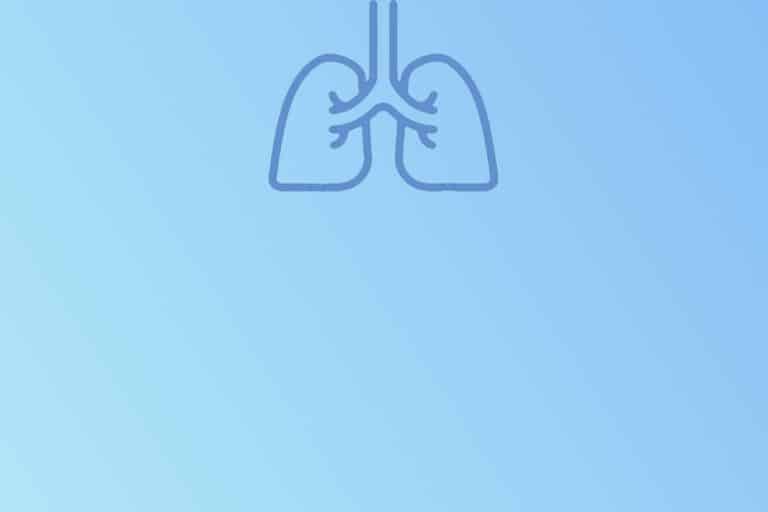Necrotizing enterocolitis
Necrotizing enterocolitis (NEC) belongs to acute abdomen events (inflammatory subgroup). It is typical disease of extreme prematurity – incidence is inversely proportional to advancing gestational age (1-5% of newborns admitted to the neonatal intensive care unit). Mortality associated with NEC varies between 20-50%.
Multifactorial basis of NEC makes it difficult to pinpoint single aspect that is responsible for the development of enterocolitis.
- prematurity
- sepsis
- perinatal asphyxia
- polycythemia
- umbilical catheterization
- congenital heart defects (CHD)
- inadequate enteral feeds osmolarity
- drug abuse (cocaine)
- antibiotics (altering intestinal flora balance => pathologic colonization)
Prematurity involves intestinal functionality (digestion, motility, splanchnic circulation regulation, immunity, barrier mechanism) and anatomy. Pathogenic bacterial flora can directly damage the preterm intestinal mucosa (mucositis), initiating inflammatory response with the production of reactive oxygen species, vasoactive agent (hypoperfusion causing ileus) and cytokines. These mechanisms further damage the mucosa and submucosa, bacteria can subsequently translocate to the bloodstream with the end result of septic shock.
Complications of NEC include perforation (pneumoperitoneum) and peritonitis. Depending on the severity of the disease and affected intestinal length, varying portion of intestine (typically small intestine – terminal ileum) may be resected, leading short bowel syndrome.
Differential diagnosis include the following conditions:
- FIP = feeding intolerance of prematurity
- VEI = viral enteritis of infancy (can affect also older children)
- SIP = spontaneous intestinal perforation
Diagnosis
Clinical signs
- ileus symptomatology (vomiting, bilious aspirates, distended, tender abdomen, risk of perforation and peritonitis)
- enterorrhagia
- discoloration of abdomen
- painfulness
- septic shock (circulation and ventilation instability, thermal fluctuations, apathy)
Laboratory findings
- Increased inflammatory markers (C-reactive protein, procalcitonin, interleukin-6)
- full blood count with leucopenia/leucocytosis, shift to the left
- blood gas with metabolic lactic acidosis
Imaging
- X-ray showing dilated intestinal loops with air-fluid levels (ileus)
- pneumatosis intestinalis (free air within the bowel wall)
- perforation – pneumoperitoneum (free air) – anterior-posterior projection with “football sign”, sideways projection with accumulation of free air around the liver
- ultrasound (ileus, free air in vena portae – visible also on native X-ray)
Clinical and radiography features form Bell’s criteria for NEC staging (modified by Walsh and Kliegman) – stage I (suspected NEC), stage II (confirmed NEC), stage III (advanced NEC).
Therapy
Conservative management
- septic shock treatment (mechanical ventilation, massive volume therapy)
- total parenteral nutrition
- antibiotics
- blood transfusion (erythrocytes, thrombocytes)
- analgesia
Surgery
- 30-50% of cases (pneumoperitoneum = surgical emergency)
- resection of necrotic segments (usually terminal ileum)
- stoma
- surgical complication: hypothermia, hypotension/hypovolemia, hemorrhage (liver)
- consequences of NEC: stenosis (requires additional surgery), short bowel syndrome
Prevention
- colostrum and maternal milk
- probiotics (lactobacillus spp., Bifidobacterium spp.) initiated during the first week of life based on the newborn’s status
- antenatal corticosteroids decrease the incidence of NEC
- careful fluid restrictions
- standardized feeding protocol with step-wise enteral feeds advancements based on the risk factors
References
① Rose AT, Patel RM. A critical analysis of risk factors for necrotizing enterocolitis. Semin Fetal Neonatal Med. 2018;23(6):374-379. doi:10.1016/j.siny.2018.07.005
② Kim JH. Role of Abdominal US in Diagnosis of NEC. Clin Perinatol. 2019;46(1):119-127. doi:10.1016/j.clp.2018.10.006





